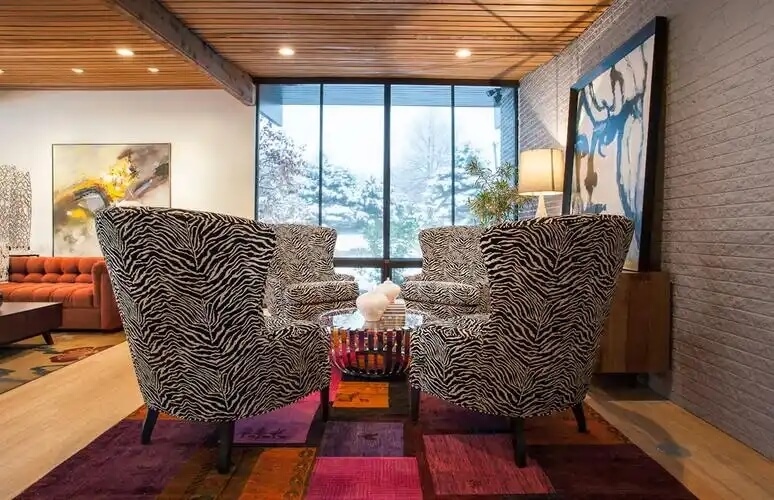Traditional Home Remodel: Preserving Character While Embracing Modern Comfort
This article explores the art of traditional home remodeling, detailing methods to preserve historical elements while integrating modern conveniences. Readers will find design tips, planning strategies, and examples that illustrate the balance between respect for tradition and contemporary aesthetics.
The charm of a traditional home often lies in its vintage character and unique architectural details. These elements tell the story of the house and its surroundings, creating a strong sense of identity. When considering a remodel, it's crucial to respect and preserve these features while finding ways to integrate modern amenities.
The Essence of Traditional Homes
Traditional homes may vary significantly between regions, influenced by local styles, materials, and craftsmanship. They often feature specific characteristics like gabled roofs, decorative moldings, and classic fireplaces. Understanding what makes a traditional home unique is the first step toward a successful remodeling project.
Planning Your Remodel
Effective planning is essential when embarking on a remodeling project. Start by setting clear goals for what you want to achieve. Consider aspects such as functionality, aesthetic updates, and maintaining the integrity of traditional design elements. Create a budget that reflects your remodeling ambitions and choose a timeline that allows for thorough work without unnecessary delays.
Preserving Original Features
One of the primary objectives in a traditional home remodel should be to preserve original features. This could mean restoring old wood floors, repairing original windows, or maintaining period-specific moldings. It’s important to work with contractors who have experience in historical restorations to ensure these elements are handled properly.
Integrating Modern Amenities
While preserving traditional elements is key, integrating modern amenities is equally important for comfort and functionality. Consider updates like energy-efficient appliances, smart home technology, and improved insulation while still keeping the exterior and interior aesthetics true to traditional styles.
Design Considerations
When designing your remodel, it's beneficial to blend both old and new elements seamlessly. Choose colors and materials that complement traditional features, and avoid overly contemporary choices that may clash with the home's character. Find a balance that respects the history of the house while offering the conveniences of modern living.
Bathroom and Kitchen Upgrades
Kitchens and bathrooms are often the most remodeled areas of a home. In a traditional home, you may wish to restore vintage cabinets or tile while incorporating modern fixtures and energy-saving appliances. Mixing traditional design with updated technologies can enhance both beauty and utility.
Choosing the Right Contractors
Selecting contractors who specialize in traditional homes can significantly impact the quality of your remodel. Look for professionals with experience in heritage restorations or those who have worked on projects similar to yours. Check references and previous work to ensure they respect the home’s heritage.
Landscaping as an Extension of Home Design
The outdoor space surrounding a traditional home should complement the architectural style. Classic gardens with natural stone pathways, ornate fencing, and outdoor seating areas can enhance the overall appearance. Thoughtful landscaping can create a cohesive look that ties the indoor and outdoor environments together.
Budgeting for Your Remodel
Setting a realistic budget is fundamental to a successful remodel. Be prepared for unexpected costs, especially in older homes. Allocate funds for both essential repairs and aesthetic upgrades. It's also wise to keep a contingency fund to address surprises that may arise during the renovation.
Final Touches: Decor and Furnishing
Once the major renovations are complete, focus on decor and furnishings that reflect both traditional style and personal taste. Choose accessories that pay homage to the home's history, such as vintage lighting fixtures, period furniture, or artworks that resonate with the home's character.
Conclusion: Embracing Tradition and Convenience
Remodeling a traditional home presents exciting opportunities to enhance its beauty and functionality. By respecting historical details while integrating modern conveniences, homeowners can create a space that honors the past while providing comfort and practicality for contemporary living.
